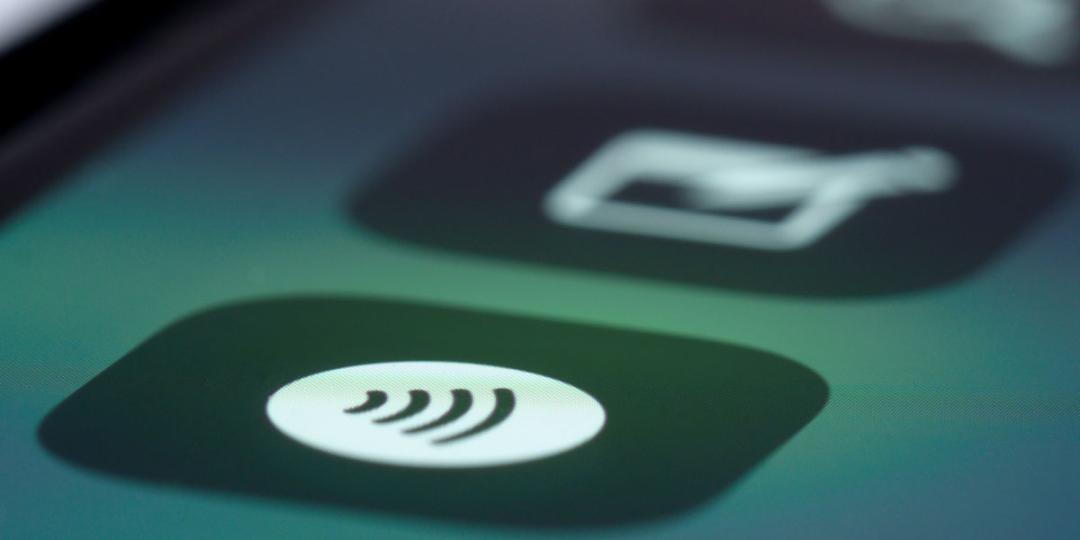NFC or near field communication allows devices (smartphones, laptops and smart devices) to communicate by sharing data wirelessly. The catch – this exchange of data has a limited range of a few centimetres unlike Wifi or Bluetooth.
But don’t overlook this technology. The limited range provides maximum security (as will be explained) and this technology packs a power punch when it comes to convenience.
An example of NFC is how I seamlessly upgraded to my new iPhone – a few easy prompts, leaving my old phone next to my new phone (i.e. peer-to-peer), and all my data was loaded onto my new phone. Compared to previous upgrades, this was a walk in the cloud.
The most exciting form of NCF
The possibilities of NCF become particularly exciting when it comes to mobile payments. Near field communication payments are close proximity or contactless payments that allow for an exchange of data between payment devices such as smartphones, smart wallets and tap-to-pay cards (cards with NFC tags built in).
Examples of NFC payments
- Mobile wallets/ card emulation or an NFC device being used like a card e.g. Apple Pay, Google Pay and Samsung Pay
- NFC-enabled cards being tapped on point of sale (POS) devices
- NFC-enabled cards being tapped on mobile phones e.g. Halo Dot.
What are the benefits of NFC payments?
- Speed matters – whether being first to market or able to take advantage of an idea as it occurs to you. With NFC payments, if you have the technology such as Halo Dot, you can decide to download an app and immediately accept payments on your phone instead of accepting cash or waiting for a delivery of a POS device. Unlike Bluetooth, no pairing is required so you don’t need to find a phone to transact with it. You need to simply tap a card to a smartphone or device to accept payments.
- Close contact, close safety – because NFC payments require the devices to be centimetres apart, there isn’t room for interference when making a payment and you never have to let go of your card to make the payment. If you are accepting the sale, then you never have the liability of taking a consumer’s card. A mobile device, unlike a card, has built-in protection through passwords and biometrics, whereas a card lacks this and if stolen, can be used immediately.
- Minimal battery usage – there are enough applications diminishing our batteries. Using NFC on your phone to accept payments (or exchange data) uses minimal battery, unlike Bluetooth.
- Pay your way – NFC technology increases ways to make payments. The focus is on consumers and what works best for them (and tapping with minimal touch seems to be the latest need). Payments can not only be made in more ways than ever before (with your card stored on your phone for example), but in more places, because you won’t need to go to a queue when the teller can walk down the aisle with his/her phone and come to you.
- No cash, no problem – NFC payments create opportunities for everyone to accept card payments - from large merchants to street vendors - as anyone can use their smartphone as a payment device if it is NFC-enabled.
With NFC, data can now be moved faster, more safely and with a tap. Your card can be present or on your phone. Your phone can be your money maker and accept that payment.
It’s a new world of possibilities. For consumers, this means the world is your oyster and paying for what you want has never been easier. For merchants, it means you can sell those oysters that much faster.
Check it out https://www.halodot.io/contact/















